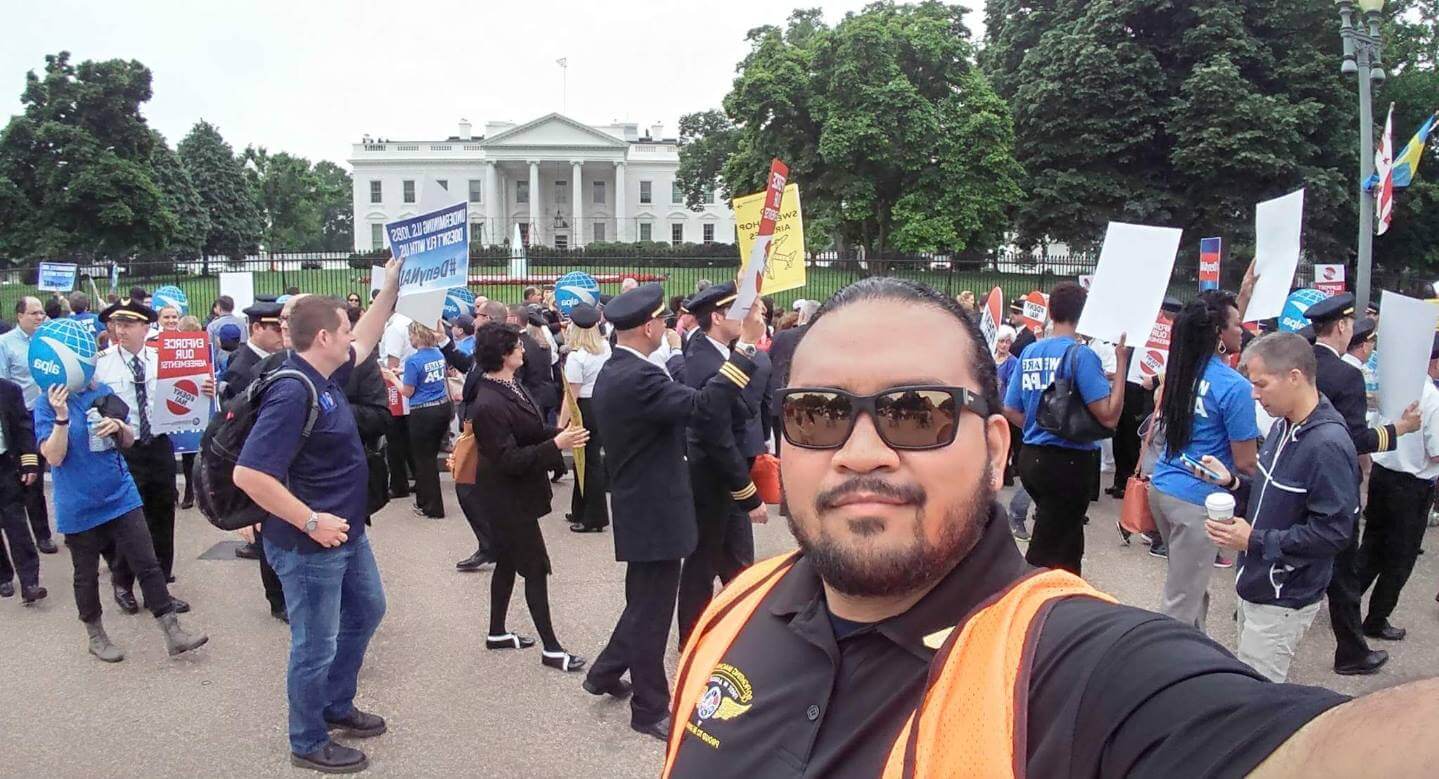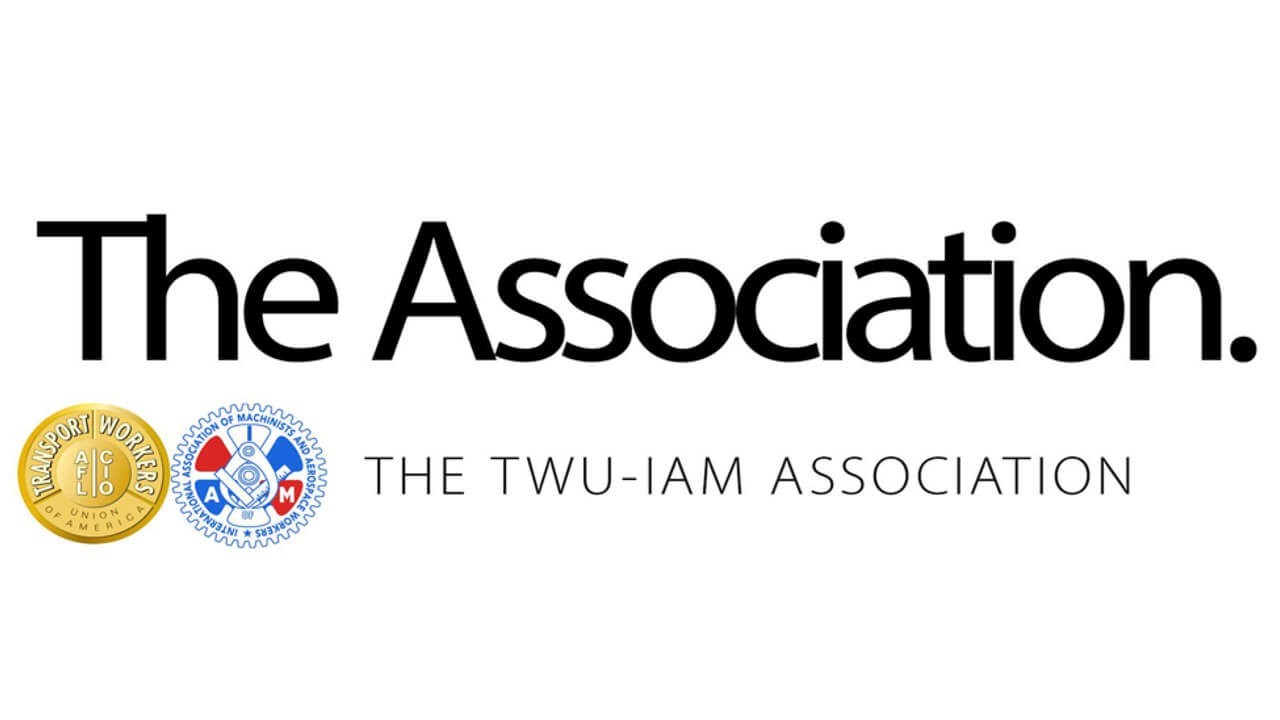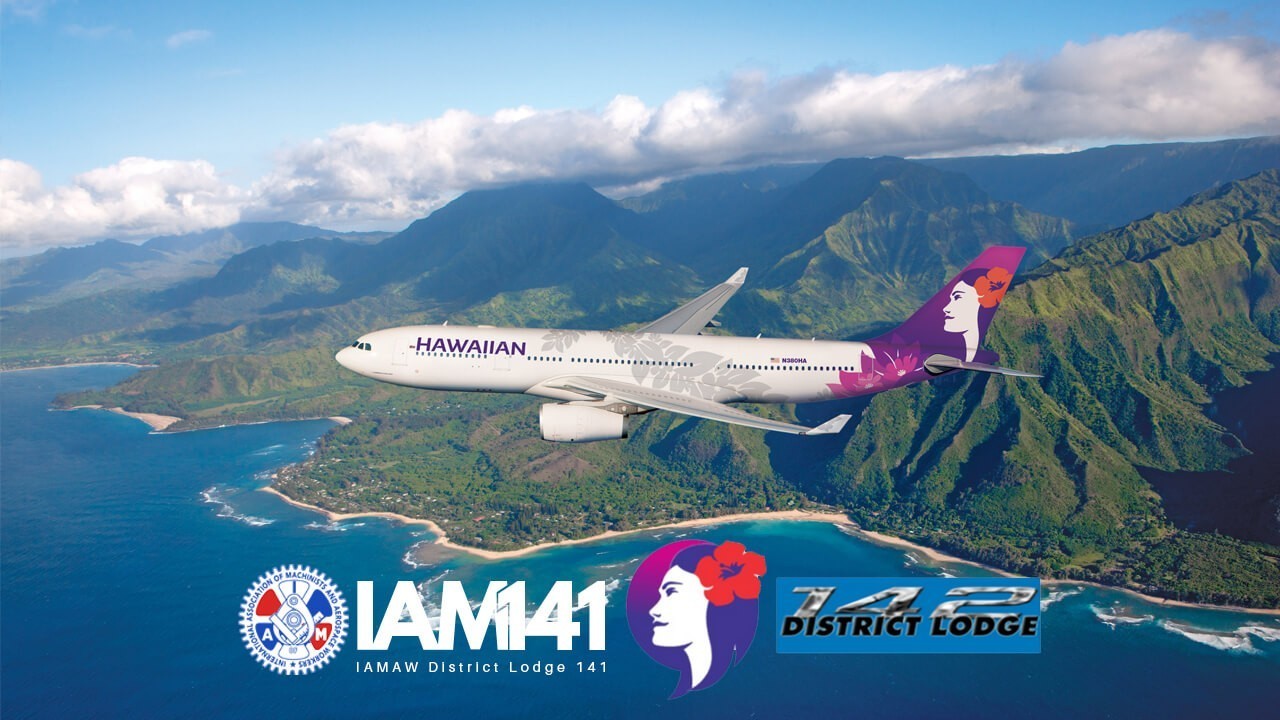
by Eric Price | Nov 14, 2019 | Home, Organizing, Uncategorized
Outsourcing is one of the leading causes of unemployment in America and a major driver of wage stagnation. But now, union members at Alaska Airlines have just voted to approve a deal that will end the practice for some 5,000 workers at the carrier. In 2005, while...

by Eric Price | Nov 1, 2019 | Airlines, American, Departments, Featured, Home, Organizing, The Association
Negotiations continued in Washington, D.C. this week, with little movement from the company being made towards completed tentative agreements. In light of the unfortunate lack of progress, the Executive Committee is considering next steps and an appropriate response....

by Eric Price | Oct 25, 2019 | Airlines, American, Departments, Home, Organizing, The Association
Sisters and Brothers, Since the resumption of mediated negotiations between the Association and American Airlines on September 16, the parties have met multiple days over five weekly sessions. Although progress has been slow, it has been positive and productive. The...

by Eric Price | Oct 18, 2019 | Airlines, American, Departments, Home, Organizing, The Association
Negotiations continued in Washington, DC this week. Some progress continues to be made and the negotiating committees were briefed. Your Executive Negotiators remain committed to achieving the best contract in the industry. Additional dates are scheduled for next...

by Eric Price | Oct 11, 2019 | Airlines, American, Departments, Home, Organizing, The Association
Negotiations continued in Washington, DC this week. Some progress continues to be made and the negotiating committees were briefed. Your Executive Negotiators remain committed to achieving the best contract in the industry. Additional dates are scheduled for next...

by Eric Price | Oct 9, 2019 | Airlines, Departments, Featured, Hawaiian, Home, Organizing
[gdlr_stunning_text background_color=”#f3f3f3″ button=”Download PDF” button_link=”https://iam141.org/wp-content/uploads/2019/10/Hawaiian-Bulletin-100819-2.pdf” button_background=”#184ab9″...







